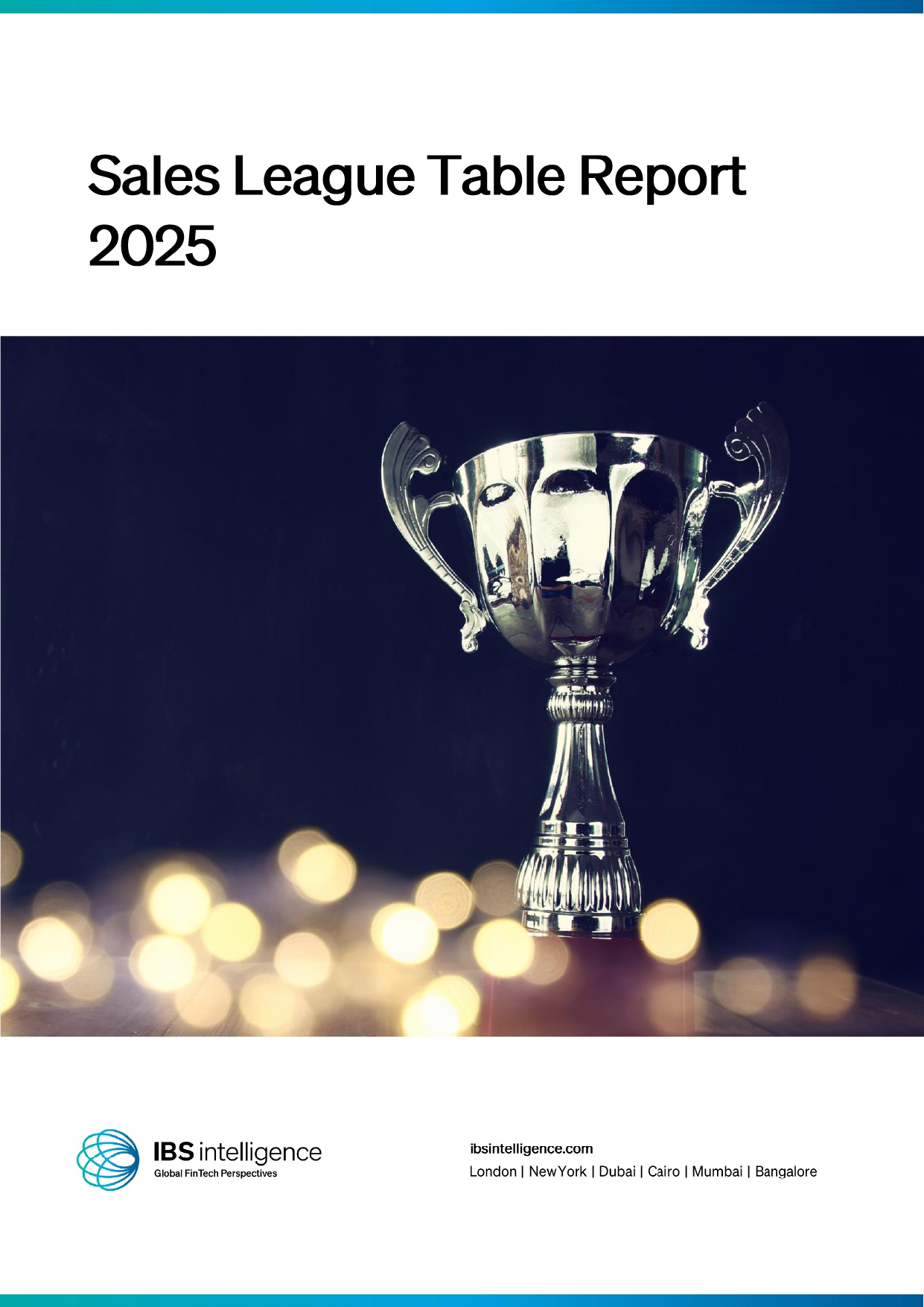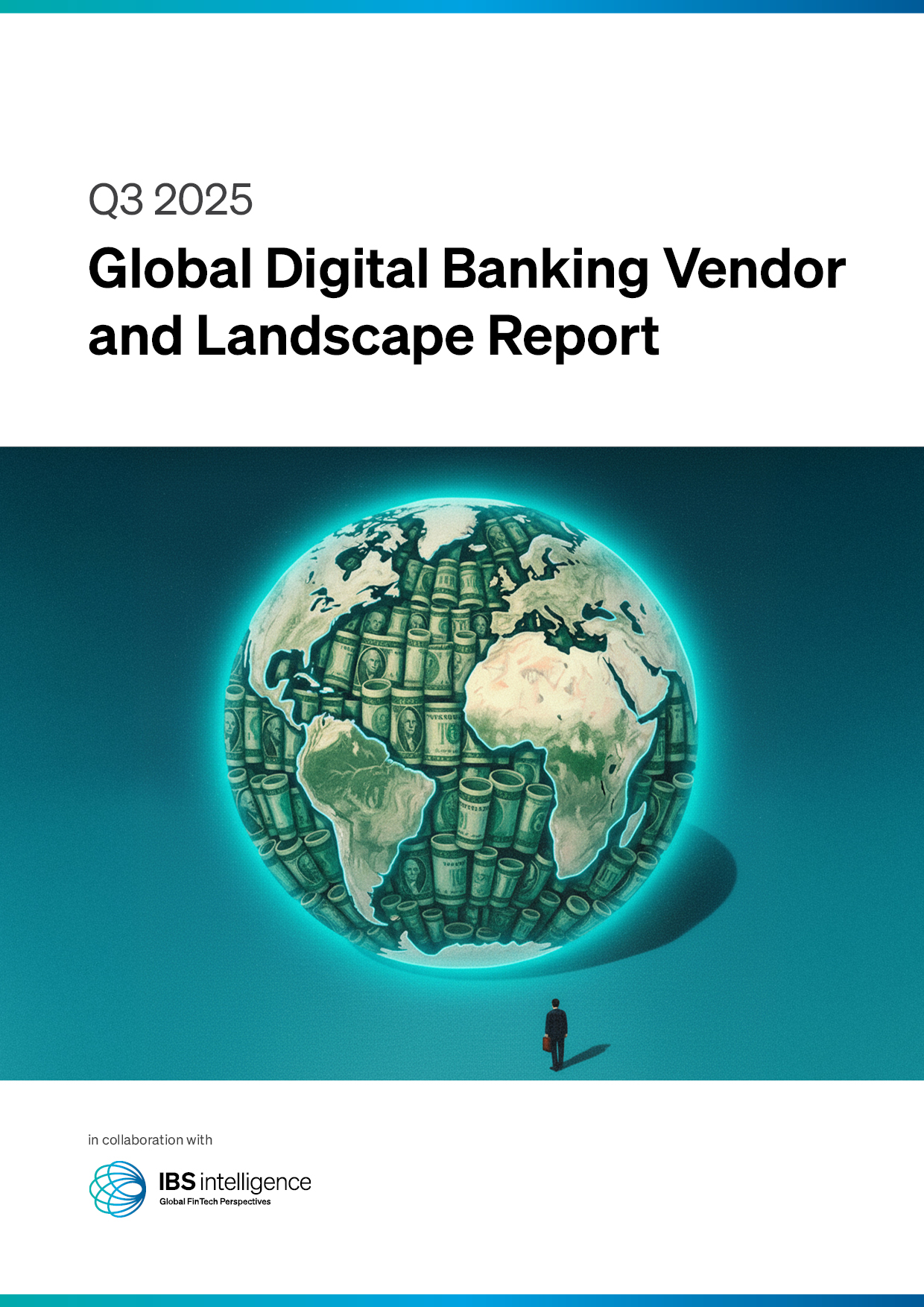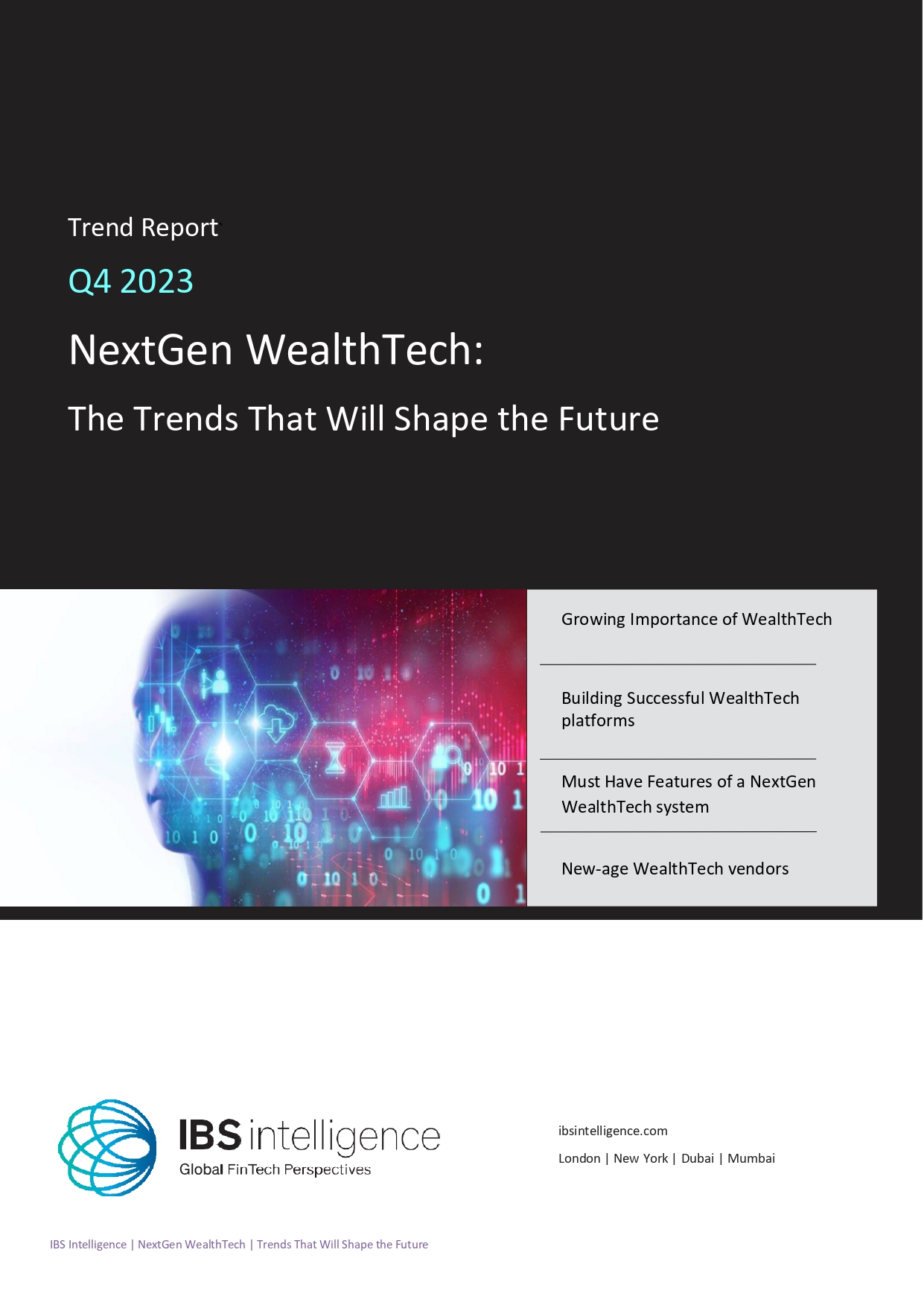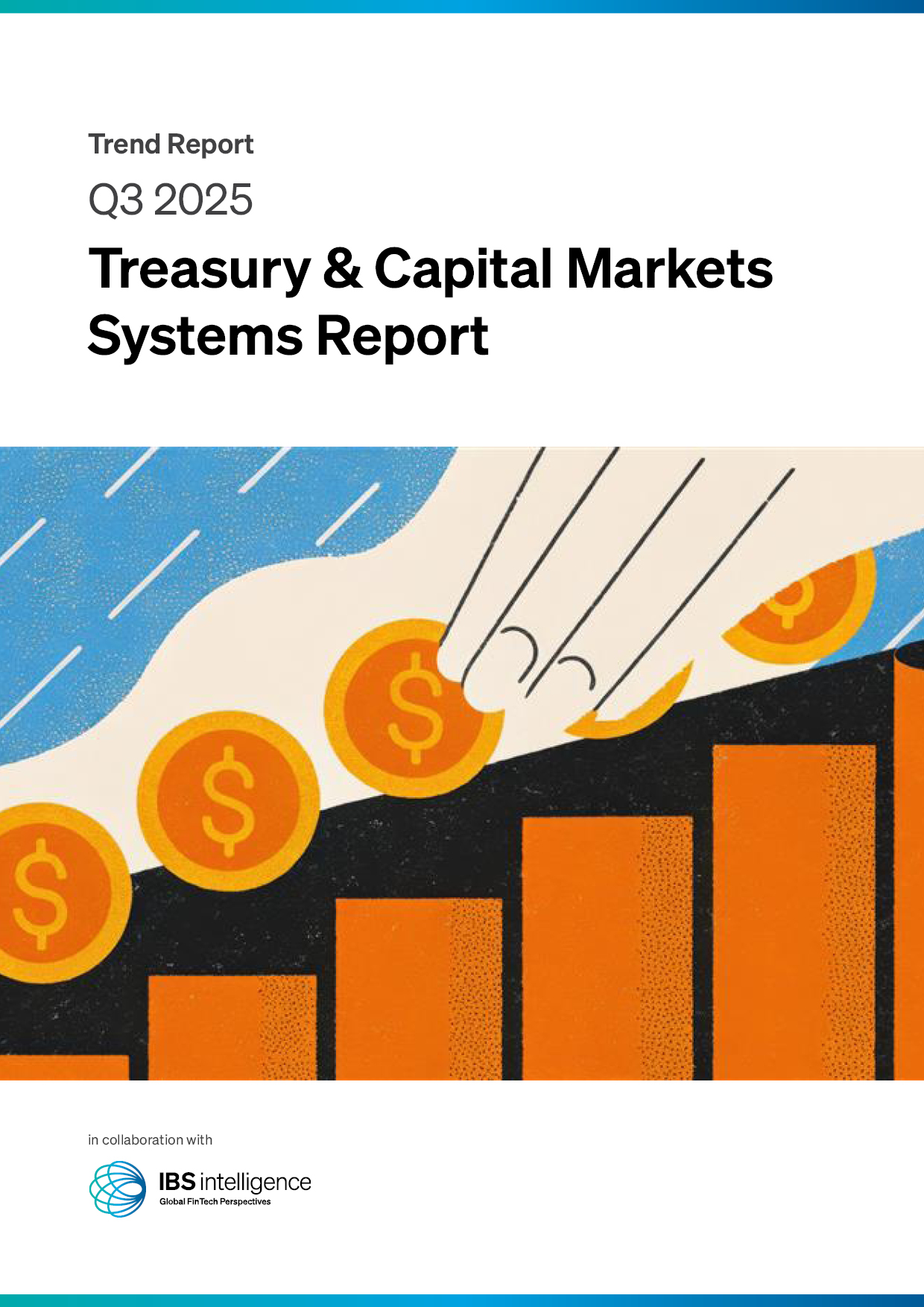 Back
Back
Businesses bleed $100m a year due to cybersecurity failures, study shows
By Gloria Methri
 Businesses worldwide are losing an eye-watering average of $98.5 million annually due to a perfect storm of cybersecurity failures, fraud, regulatory hurdles, and financial inefficiencies, according to a new study by FIS with Oxford Economics.
Businesses worldwide are losing an eye-watering average of $98.5 million annually due to a perfect storm of cybersecurity failures, fraud, regulatory hurdles, and financial inefficiencies, according to a new study by FIS with Oxford Economics.
Titled “The Harmony Gap: Finding the Financial Upside in Uncertainty,” the research draws from two extensive surveys of 1,000 C-suite executives and technology leaders in the US, UK and Singapore. It offers a sweeping look at the staggering cost of what FIS terms “financial disharmony”—the breakdowns and friction points across the money lifecycle, from payments and compliance to security and operations.
Cybersecurity and Fraud: A Daily Battle
The findings reveal that cybersecurity and fraud are not just IT problems—they’re boardroom-level financial risks.
- 88% of respondents flagged cyber threats as their top concern.
- 79% pointed to fraud as a major source of operational tension.
Over one-third of firms face cyber threats daily, while 74% encounter critical or high-profile attacks every month.
Even more troubling, 53% of firms are dissatisfied with their fraud response plans, and 41% lack faith in their fraud detection tools. Shockingly, 47% of organisations don’t regularly train employees on cyber and fraud awareness, exposing a glaring vulnerability.
The insurance sector stood out as a bright spot: 75% of insurance firms actively train staff on fraud prevention, far surpassing the 48% average across all industries.
Payments in Peril
Money in motion is fast becoming a critical pain point. Despite 79% of companies automating payment processes, 57% still report monthly transaction delays. More than half (51%) of respondents admitted that their firm experiences the greatest tension during the movement of money, such as via card networks or bank accounts—suggesting that digital infrastructure still lags behind growing demand.
FinTech: A Strategic Imperative
The research makes a compelling case for embedded finance as a catalyst for growth and operational resilience.
- 82% of surveyed leaders have adopted embedded finance solutions, realising an average 8.5% increase in sales.
- Firms with dedicated FinTech teams were far better positioned: 85% felt equipped to tackle compliance issues, cyber risks and inefficiencies.
- 83% of these companies also reported measurable revenue growth after FinTech adoption.
However, the FinTech readiness gap remains wide. In the investment sector, only 52% of firms have FinTech teams—far below the 74% cross-industry average.
AI and Automation: Hope Meets Hurdles
As firms seek to streamline operations and stay ahead of market shifts, investment in AI and automation is surging. Over 55% of respondents are investing in technologies like generative AI and machine learning. Still, barriers to adoption persist:
- 73% cite high implementation and maintenance costs.
- 64% struggle with a lack of internal expertise.
- 58% say integrating AI with legacy systems remains a major roadblock.
Despite these challenges, optimism is strong—56% believe AI will boost business agility, and nearly half expect it to attract new customers.
Stephanie Ferris, President and CEO of FIS, stressed the urgency of bridging the harmony gap. “The findings uncover the profound consequences of disharmony in the money lifecycle. Our goal is to help businesses overcome these challenges and unlock value, especially in a time of economic uncertainty.”
Firdaus Bhathena, CTO at FIS, echoed this, noting that “a well-defined technology strategy, supported by dedicated fintech teams, is no longer a luxury—it’s a competitive necessity.”
As the global business landscape grows more complex, The Harmony Gap makes a compelling case: Firms that invest in synchronising their financial systems, upskilling their workforce, and embedding intelligent technologies will be the ones best positioned to thrive.
IBSi FinTech Journal
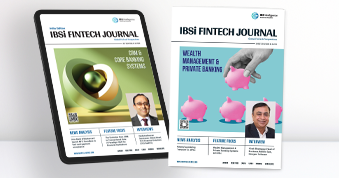
- Most trusted FinTech journal since 1991
- Digital monthly issue
- 60+ pages of research, analysis, interviews, opinions, and rankings
- Global coverage



